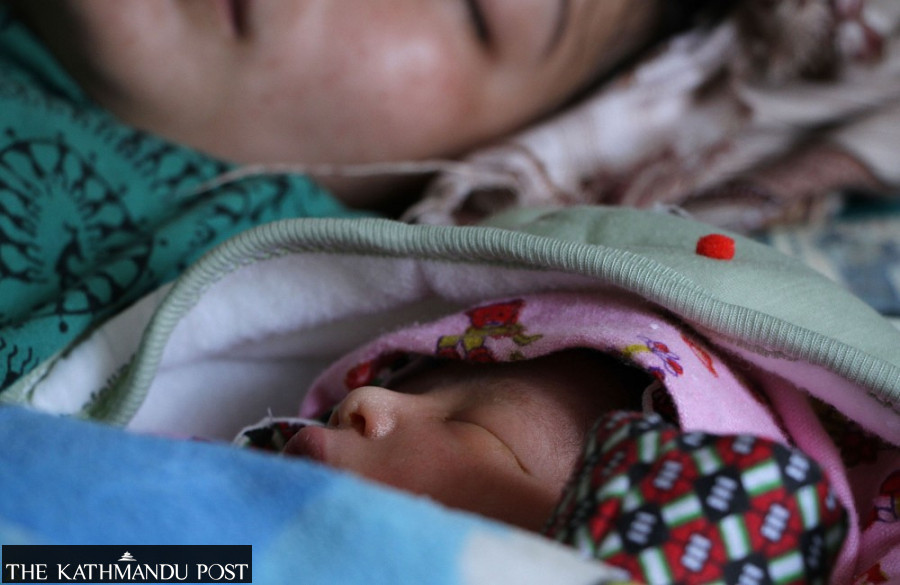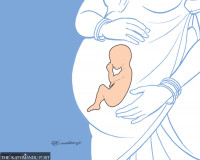Health
No improvement in neonatal mortality rate in the past six years
Nepal Demographic and Health Survey shows mixed results, but experts say meeting Sustainable Development Goals still a challenge.
Arjun Poudel
Neonatal deaths have not declined in the last five years, according to the Nepal Demographic and Health Survey-2022 carried out by the Ministry of Health and Population.
The nationwide study carried out between January 5 and June 22 this year with technical as well as financial support from the United States Agency for International Development, shows that still 21 children in every 1,000 live births die within a month.
The figure was the same in 2016.
The Nepal Demographic and Health Survey is carried out every five years. Last time the study was carried out in 2016. The study got delayed due to the Covid-19 pandemic.
The government’s target for Sustainable Development Goals was to reduce the neonatal mortality rate to 16 deaths per every 1,000 live births, by 2022.
SDGs, a follow-up on the Millennium Development Goals (MDGs), aims at ending poverty and hunger and all forms of inequality in the world by 2030, and Nepal has committed to meeting the goals.
The report shows that under-five mortality rate has declined to 33 from 39 in 2016 and infant mortality rate to 28 from 32 in 2016, in every 1,000 live births.
“Both under-five and infant mortality rates have declined compared to 2016 but not at the pace the country has committed to achieve,” said Lila Bikram Thapa, chief of the nutrition section at the Family Welfare Division under the Department of Health Services. “This report suggests that all agencies concerned and stakeholders have to do more to achieve the targets.”
The government had targeted to reduce the under-five mortality rate to 27 and infant mortality rate to 20 in every 1,000 live births by 2022 to meet the SDG targets.
Eighty-five percent of all deaths among children under age of five in Nepal take place before a child’s first birthday, with 64 percent occurring during the first month of life, according to the study.
Likewise, the study shows that 25 percent of children under five years of age are stunted, eight percent are wasted, 19 percent are underweight and one percent are overweight. In 2016, the stunting rate of under-fives was 36 percent, wasting was 10 percent and 27 percent were underweight.
The Multiple Indicator Cluster Surveys-2019 showed that 32 percent of children under five were stunted with 12 percent suffering from wasting. The government had planned to lessen stunting rates below 29 percent by 2022. Similarly, the target for prevalence of wasting was seven percent.
Wasting or low weight for a particular height is an undernutrition condition, which is a strong predictor of mortality among under-fives, according to the UN health agency. Wasting in children is associated with a higher risk of death if not treated properly.
Experts say that nutrition has a direct link with the overall development of the country.
Malnutrition affects the physical as well as mental growth of children, which ultimately affects the country’s economic health, they add.
The report showed that exclusive breastfeeding among children aged 0-5 months has fluctuated widely—declining from 75 percent in 1996 to 53 percent in 2006, then rising to 70 percent in 2011, and declining to 56 percent in 2022.
The prevalence of anaemia among children aged 6-59 months has decreased to 43 percent in 2022 from 53 percent in 2016. Women living in the Terai ecological zone are more likely to be anaemic (45 percent), than those living in hills (20 percent) and mountainous (23 percent) regions. More than half of the women (52 percent) are anaemic in Madhesh Province, which is in the Terai ecological zone.
The prevalence of anaemia among women between ages 15 and 49 has declined to 34 percent in 2022 from 41 percent in 2016. Four percent of children in 12-23 months of age have received no vaccinations.
A total of 14,845 women and 4,913 persons in ages between 15 and 49 were interviewed during the study.




 14.72°C Kathmandu
14.72°C Kathmandu














